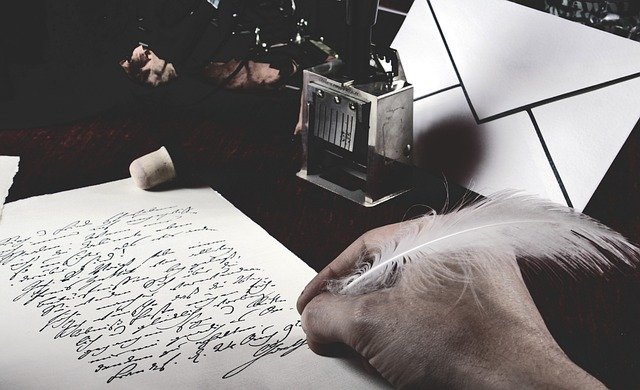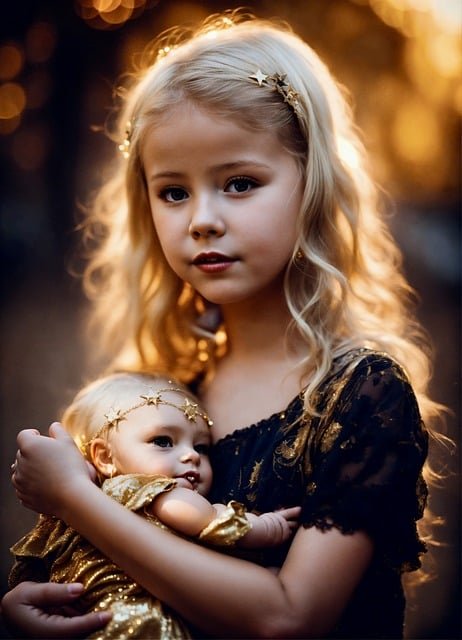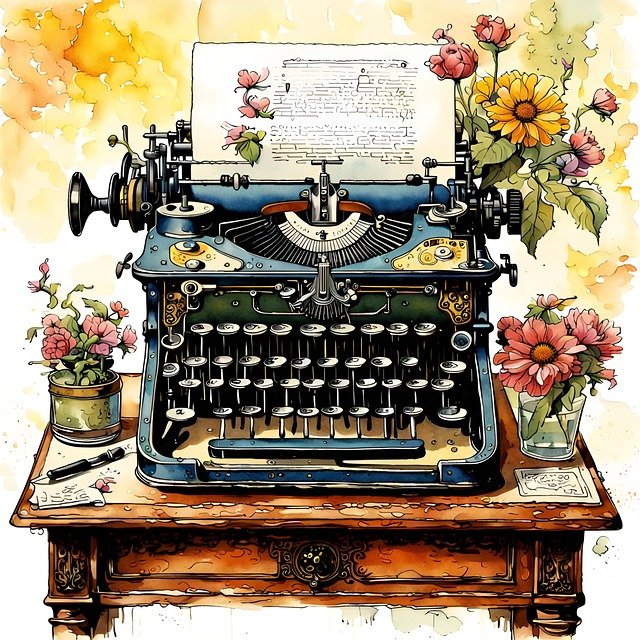Poetry and its different forms
Poetry as an art form originated almost 4000 years ago. It was considered an effective tool to express emotions, and ideas and creates strong visualizations in the audience’s minds.
Do you know how many different types of poems are there? There are a vast number of poetry forms that exist, but all of them are derivations from a few basic forms.
The different types of poems and their rules are as follows
- Free Verse
Free Verse poetry has no restrictions on the number of lines or stanzas. It has no consistent rhyming scheme or musical form. It is one form of poetry that has no defined rules.
- Narrative poetry
It is a poem built on the setting of a story with conflicting characters, action scenes, a climax and an ending. These are narrations of stories of ordinary people in a heroic manner. Some of the subtypes of this poetry form are ballad, epic etc.
For instance, the poem Raven by Edgar Allan Poe narrates the story of a man mourning the loss of his lover. The poet has metaphorically used a “raven” to describe his grief which is refusing to leave him.
- Lyrical poetry
This poem is an expression of strong feelings of emotions and passion but is necessarily not built on a story. Love and affection are the basic inspirations behind this poetry form.
For example, Elizabeth Barrett Browning’s “Sonnet 43” is an expression of the speaker’s love for her future husband. It does not have a story or a plot but is a first-person description.
- Descriptive poetry
This poetry form is focused on describing any external object, like a person or animal object with imagery, emotions or adjectives.
For example, in the poem Smoke by Henry David Thoreau, the poet gives an intense and vivid description comparing Icarian birds to smoke and other strong visual comparisons using terms like star-veiling and shadowy.
- Haiku
Haiku is a form of Japanese poetry that originated years back. It consists of just two to three lines. There are five syllables in the first and third lines and seven syllables in the second line. The entire poem has a particular mood, and it has no rhyming scheme.
For instance, the poem A Poppy Blooms” by Katsushika Hokusai is a simple yet powerful haiku that compares a written poem to a blooming poppy. The poem has strong imagery of the spring season.
- Sonnet
Sonnets are little songs consisting of 14 lines that revolve around the central themes of love and romance. (Italian) sonnets have an ABBA ABBA CDE CDE rhyme scheme, and Shakespearean (English) sonnets have an ABAB CDCD EFEF GG rhyming scheme.
For instance, in the Sonnet “Shall I Compare Thee to a Summers’ Day?”, poet William Shakespeare has compared the beauty of his love interest to nature’s beauty. He compares the ageing of his lover to the change of seasons.
Poetry has always played a major role in shaping culture and art in our society. If you are interested in experimenting with writing poetry, learn about these four unique ways to write a poem.
Description: Different types of poems is a blog that will help you learn the different types of poems you can use to enhance your poetry-writing style.
____________________________________________
Want to try your hand at poetry? Email me at poeticiapoems@gmail.com











